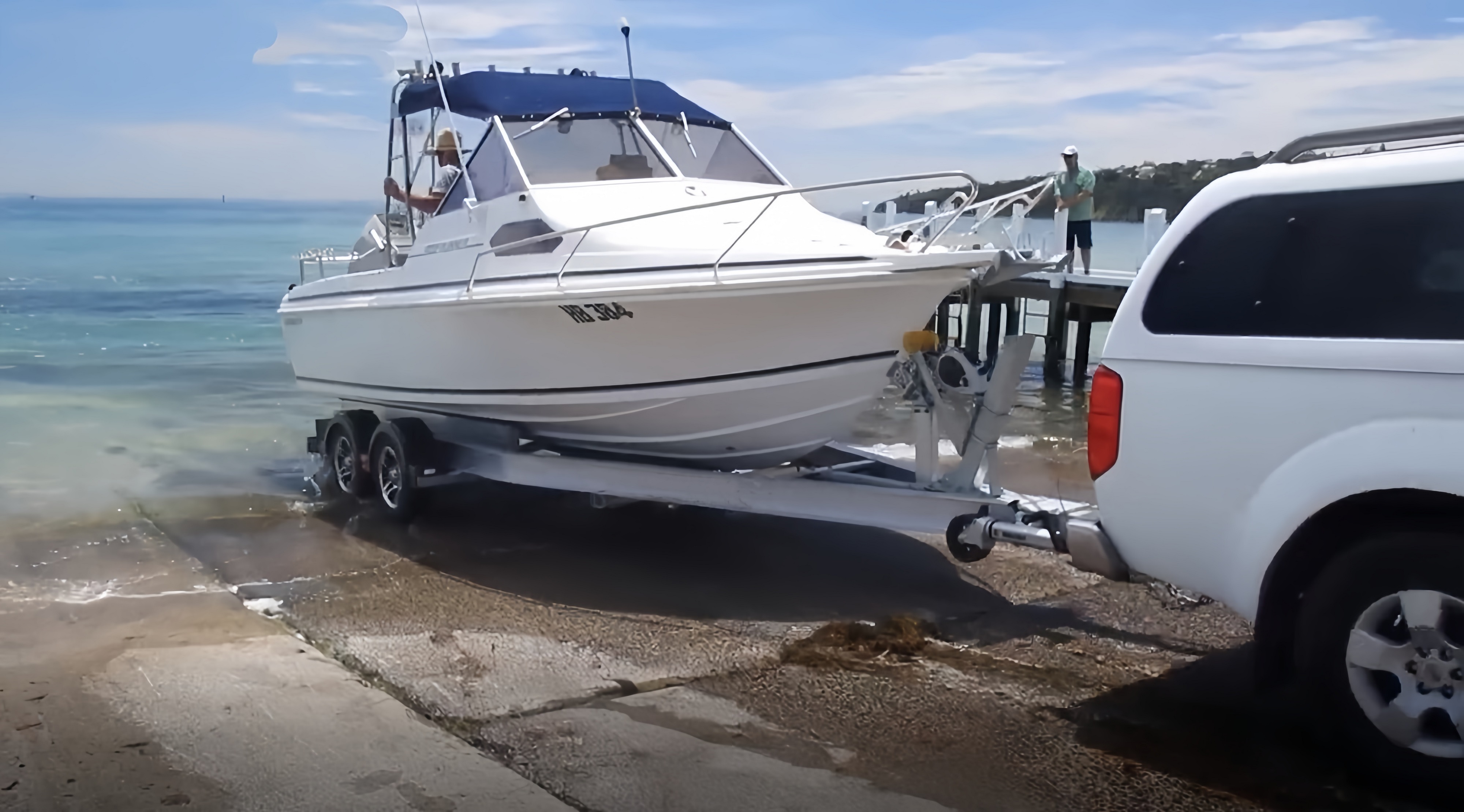I. Preparations
Trailer Inspection
(1) Tires: Check for proper inflation and inspect for tread cracks
(2) Lights: Ensure brake lights, turn signals, and tail lights are functional
(3) Bearings: Verify adequate lubrication; check for abnormal noises (test by lifting trailer and manually rotating wheels)
(4) Brake system (if equipped): Test electric/hydraulic brake response
(5) Ropes/Straps: Inspect for wear and ensure secure attachment points
Trailer Adjustment for Boat
(1) Length: Ensure full boat support without excessive stern overhang
(2) Support Points: Adjust rollers/slides for even weight distribution
(3) Water Depth: Submerge at least 2/3 of trailer tires during launch (to prevent bearing water intrusion)
Trailer-to-Tow Vehicle Connection
(1) Hitch Lock: Confirm secure coupling with safety pin engaged
(2) Safety Chains: Cross-chain to prevent trailer separation
(3) Electrical: Verify proper lighting synchronization
II. Boat Loading Procedures
Backing Into Water
(1) Gradual Entry: Keep tow vehicle tires dry (avoid exhaust submersion)
(2) Depth Check: Ensure sufficient depth at trailer end for boat flotation
Securing the Boat
(1) Alignment: Center boat using bow guide while slowly backing
(2) Bow Fastening: Secure with bow strap at trailer front
(3) Stern Fastening: Use transverse straps/chains to prevent movement
Drainage and Inspection
(1) Drain Plug: Confirm open position to drain bilge water
(2) Balance Check: Verify even weight distribution near trailer axle
III. Transportation Guidelines
Speed Control
(1) Maintain ≤60mph (96km/h) on highways; reduce speed before curves
(2) Avoid sudden braking/steering to prevent load shift
Periodic Checks
(1) Inspect every 1-2 hours:
(2) Strap tension
(3) Tire condition (overheating/leaks)
(4) Boat-trailer contact points

Corrosion-resistant, affordable trailer